 |
 |
 |
 |
 |
|
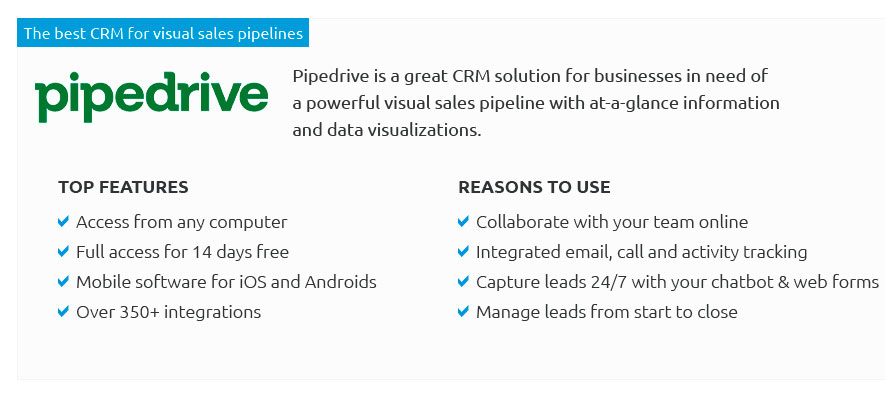 |
|
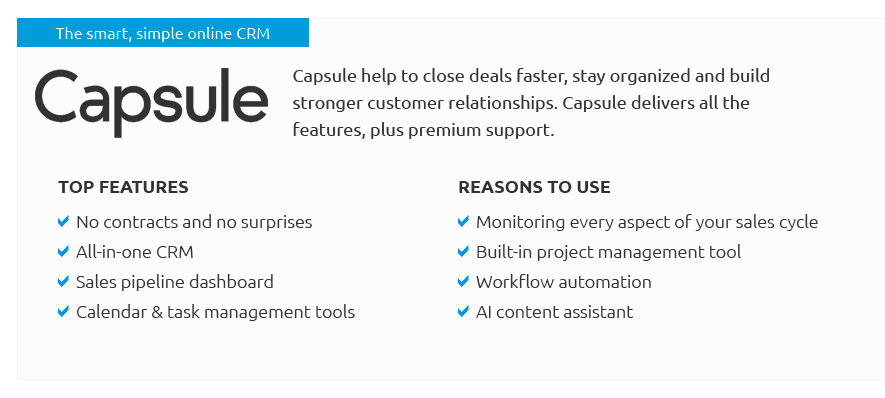 |
|
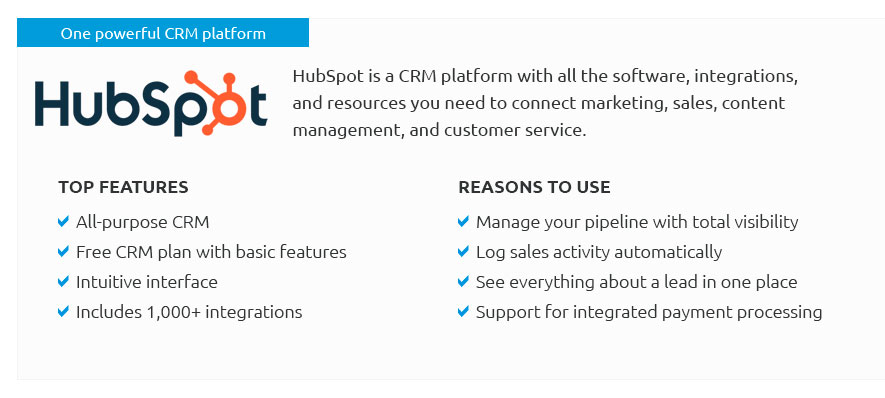 |
|
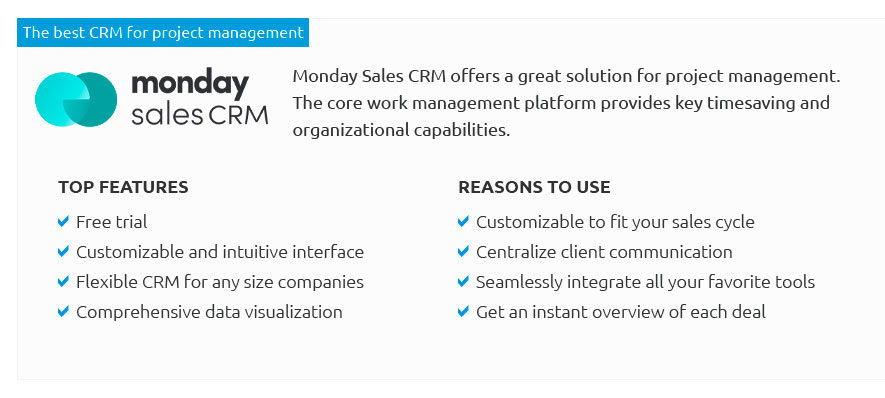 |
|
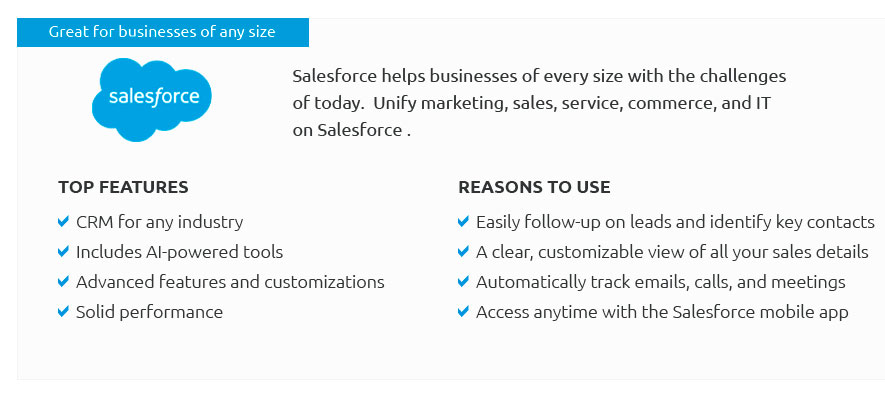 |
|
 |
 |
Exploring the Nuances of a Team Productivity Tracker: Things to ConsiderIn today's fast-paced work environment, where efficiency and performance are paramount, a team productivity tracker emerges as an invaluable tool that many organizations are starting to integrate into their operations. But what exactly should one consider when choosing and implementing such a tool? This question often puzzles managers and team leaders, and understandably so, as the myriad of options available can indeed be overwhelming. Firstly, understand your team’s needs. Every team is different, and a productivity tracker that works wonders for one may not necessarily fit another. Consider the specific workflows and dynamics of your team. Are they remote, hybrid, or fully in-office? Do they rely heavily on project management software, or do they have a more traditional setup? These factors significantly influence which tool would best align with your team’s operations. Secondly, ease of use cannot be overstated. A productivity tracker, no matter how feature-rich, is futile if it’s too complicated for team members to use effectively. Look for a tool with a user-friendly interface that integrates seamlessly with existing systems and requires minimal training. This ensures that the transition to using the tool is smooth and not disruptive. Moreover, privacy concerns should be at the forefront of any decision regarding productivity trackers. It's crucial to strike a balance between monitoring productivity and respecting personal privacy. Employees should feel comfortable and secure, knowing that their data is being handled responsibly. Therefore, choosing a tracker that offers transparency about data usage and has robust security measures is vital. Another critical aspect is customization and scalability. As teams grow and evolve, the tools they use should be able to scale with them. Opt for a productivity tracker that offers flexibility, allowing you to tailor it to your team’s changing needs without significant additional costs or disruptions.
Finally, never underestimate the value of a trial period. A hands-on trial allows you to gauge the tool’s effectiveness in real-world scenarios and gather feedback from your team, helping you make a more informed decision. In conclusion, while a team productivity tracker holds the potential to significantly enhance workplace efficiency, its success largely depends on how well it fits with your team’s unique needs and circumstances. By considering factors such as ease of use, privacy, customization, and scalability, and by leveraging trial periods to test suitability, organizations can make strategic choices that ultimately foster a more productive and harmonious work environment. https://traqq.com/blog/best-employee-productivity-software-to-track-employees/
When it comes to monitoring team productivity, Momentum is one of the best time tracking productivity app you can use. As a habit tracker, this app records the ... https://asana.com/uses/increase-productivity
No matter where your team works, Asana can save you time, reduce distractions, and help team members work more productively. https://www.activtrak.com/blog/team-productivity-tools/
Productivity tracking platforms like ActivTrak give teams a way to quantify their productivity, including data such as when teams are busiest, ...
|